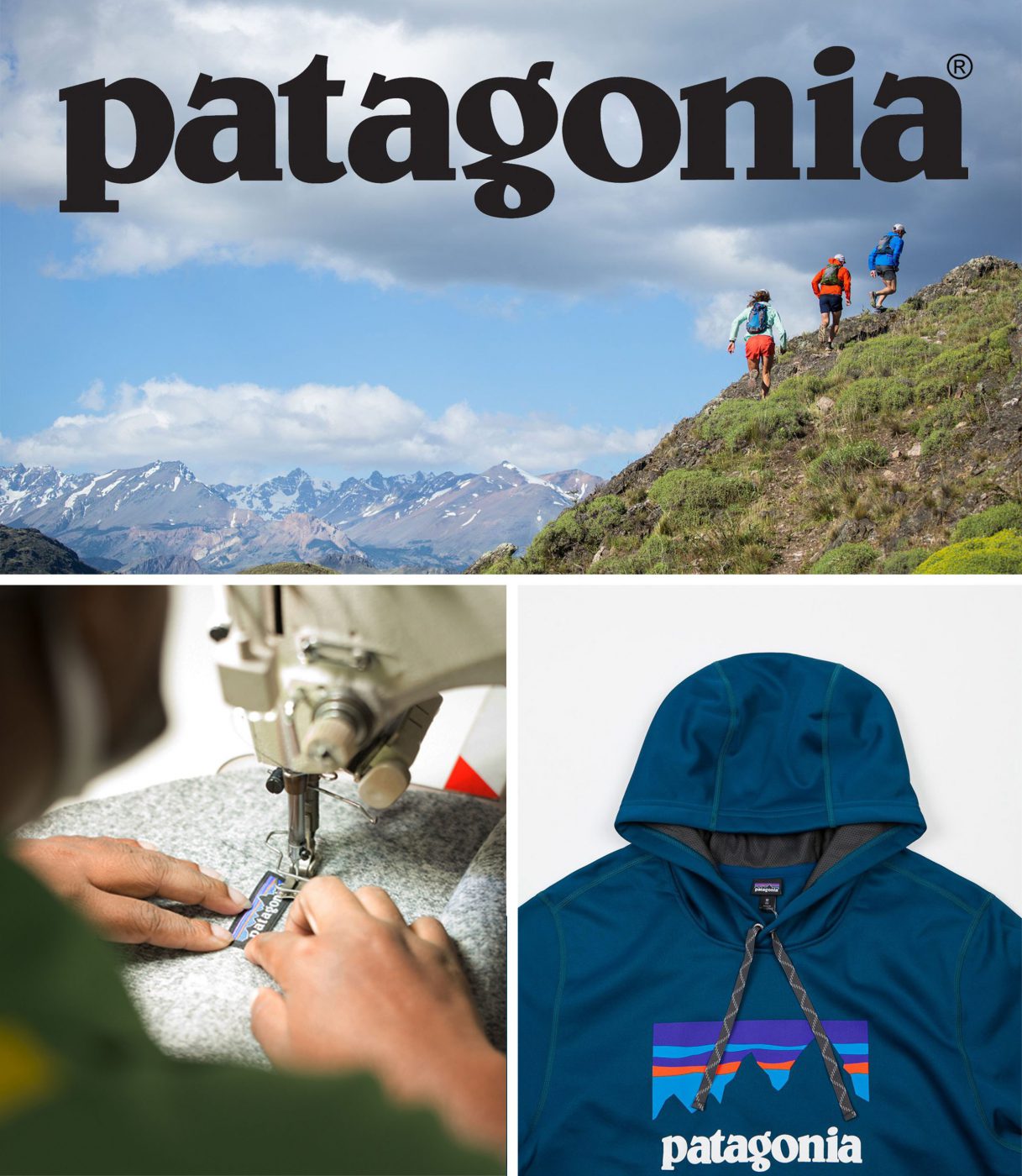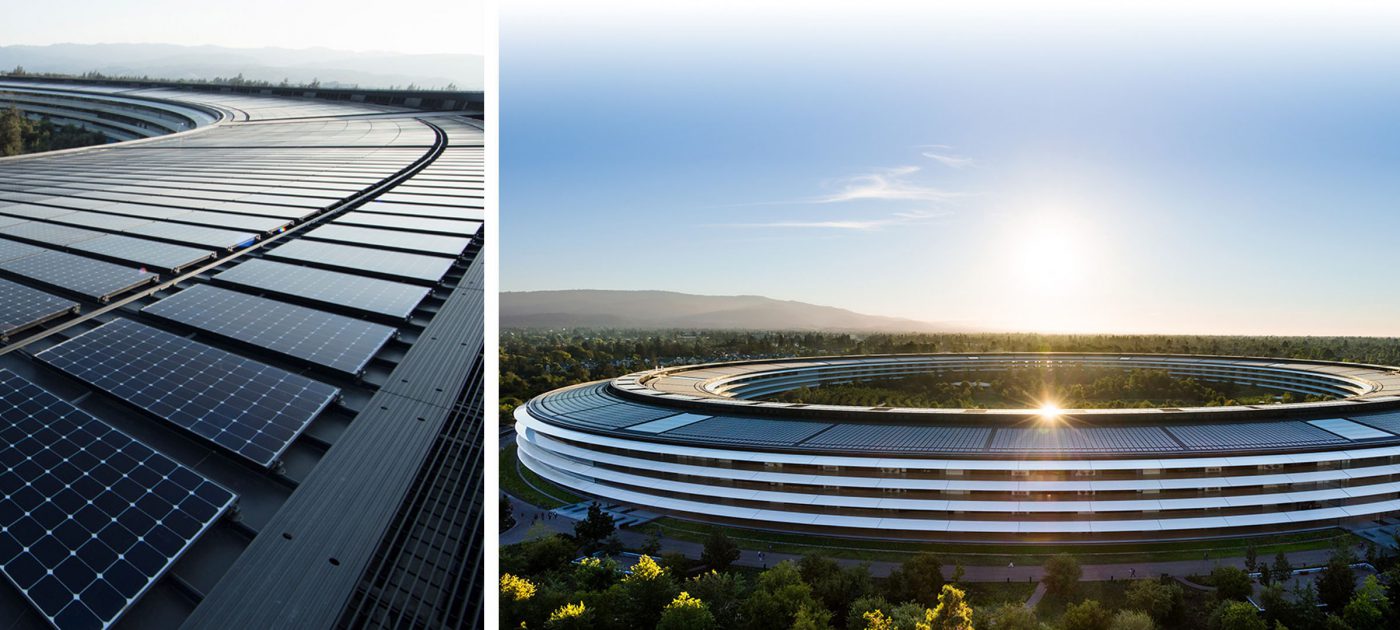The theme of sustainability is becoming more and more pressing in every productive and economic sphere, touching also different areas, from the attention to the environment, to the social and economic impact of the single choices of the brands. In this scenario, design takes on different roles: from being synonymous with the production of increasingly sustainable (and at the same time profitable) products and services to a true holistic and systemic approach to design, u0022sustainableu0022 in its own premises, regardless of the result that that particular form of u0022designu0022 can produce.
Needless to mention, in the first case, the numerous examples of products and services that use materials, processes, production techniques that have little impact on the over-exploitation of natural resources and that, at the same time, do not see their profitability undermined.
Patagonia is one of the most famous brands in this direction: born in California in 1972 from a small company that produced equipment for climbers, today it produces and sells clothing for sport, all in a sustainable way. Since 1994, for example, all Patagonia cotton garments are made from 100% organic cotton, instead of the one grown with massive use of pesticides.

Even Apple, although at first glance in our imagination may seem far from the idea of “sustainabilityu0022, has made a serious contribution signing an agreement in 2015 worth $ 1B with First Solar, the largest park builder in the United States. Using their technology, Apple is able to power its stores, offices and data centers in California with solar energy.

Another well-known example is Lush Cosmetics, a brand of completely natural beauty products who invoices about $ 1B per year. Since its inception, Lush has been dedicated to producing eco-friendly products and practices. Their success and their dedication to respecting the environment are paving the way for other beauty companies, increasingly dispelling the myth that u0022being too sustainable costs too muchu0022.
But the combination of design and sustainability has taken a step further: today it is no longer u0022justu0022 devoted to the production of sustainable products (or in their final result, as in the case of Patagonia and Lush, or in its production process as in the case of Apple).

If it is true that design has become increasingly synonymous with a design approach even before the visual and concrete result of a creative work, even “sustainabilityu0022 is becoming increasingly synonymous, first and foremost, with a design approach.
We are talking about a systemic approach that is “sustainable” by nature, at the very moment in which it proves capable of taking into account the entire network and the context in which it is immersed. An approach that considers challenges in a holistic way, focusing on solving problems at a higher level, making much more radical changes possible that affect changes in consumer habits and behavior.
It is therefore a question of broadening the gaze to understand how to respond to a specific need for well-being. Designing product and service systems within which companies, consumers, institutions and all social actors live together in respect of their mutual interactions.
Think for example of the phenomenon of car sharing: the holistic and systemic design approach with which it was designed, has turned its attention to the broader concept of mobility, exploring it in all its meanings, even before moving towards the design of less polluting vehicles.
In this perspective, u0022sustainableu0022 design tends to reason not only in terms of product and service but in building profitable relationships and new partnerships to tackle problems differently.
Through a systemic approach to the resolution of needs that companies – as always – cultivate the ambition of wanting to answer, it is possible to imagine u0022new worldsu0022 by designing interactions with users never seen before.
Francesco Saviola, Strategic Designer

